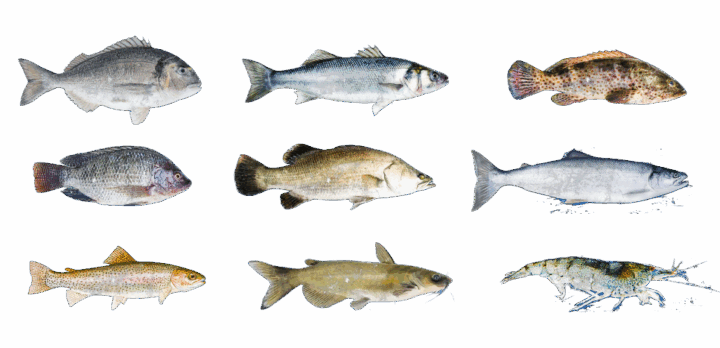Are you looking for a professional partner, with many years of experience in RAS design and engineering; the design and construction of aquaculture facilities? We can help you build a fish farm, shrimp farm, cage culture facility or anything aquaculture related. All facilities we build are optimized for production and profit, while minimizing environmental impact and running costs.
About RAS Systems
Recirculating Aquatic Systems (RAS) is a technologically advanced system in which all production process are controlled and adjusted according to the type of animal we are farming. Usually, when talking about RAS we refer to Aquaculture applications, although in recent years these systems are applied to Aquaponics systems in which the discharged water is being used for the products of vegetables.
Whether you want to retrofit your extensive farming to a modern technologically advanced intensive farming using RAS technology or build your New Aquaculture facility with the latest technology, you can rely on StavRas.
In recent years RAS has being intergraded either fully or partially in Aquaculture facilities. STAVRAS can design, engineer, install and provide training on operations. RAS can be applied to broodstock units, hatcheries, nurseries and grow out facilities. According to your needs StavRas will design and provide the most economically and technologically efficient system for your operation, using the best and latest equipment.
RAS farming is often applied when:
- Land for farming is limited
- Can’t obtain farming license in the sea, lake or other aquatic environment
- Water source is limited and/or inadequate
- Waste discharge to the environment is limited
Production Options
In Aquaculture, Recirculating Aquatic Systems provides a diversity of production options. Trout, Tilapia, Catfish, Sea Bream, Sea Bass, Asian seabass, Salmon, Shrimp, Clams and oysters are just a few examples of what can be produced in these systems. RAS can also be operated in tandem with aquaponics, the practice of growing plants using water with the absence of soil, to produce a variety of herbs, fruits, and vegetables such as basil, okra, lettuce, tomatoes, and melons.
RAS can range from small-scale urban aquaculture systems in individual homes or apartment building rooftops to larger, commercial-scale farms that can produce fish and produce equaling millions of dollars in sales each year.
There are several advantages of applying RAS to traditional Aquaculture practices.
With RAS we can maintain a superb water quality at minimum cost.
Other advantages:
- It can be applied in any part of the world.
- It can mitigate the occurance of diseases and ensures a high degree of biosecurity.
- It can control effluents and waste produced.
- It can forecast production, increase production densities, adjust and control production
- Improves Feed Conversion Ratio (FCR), Specific Growth Rate (SGR), and Specific Feeding Rate (SFR).

